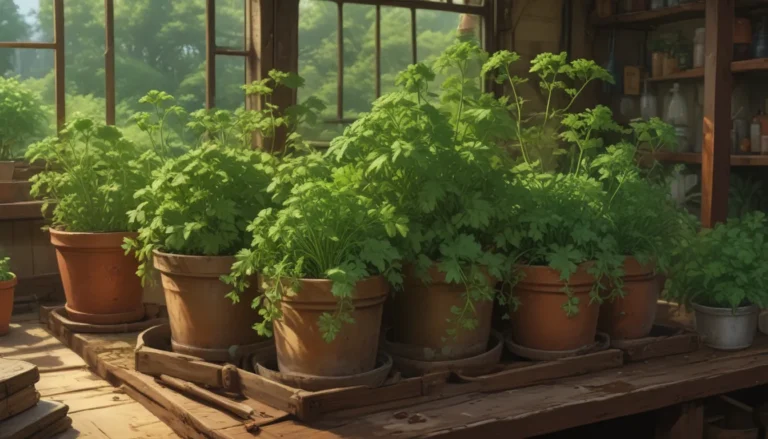A Comprehensive Guide to Growing and Caring for Weeping Cherry Trees

Looking to add a touch of elegance and beauty to your garden? Look no further than the weeping cherry tree. With its cascading branches and delicate flowers, these trees are sure to captivate anyone who lays eyes on them.
Understanding Weeping Cherry Trees
Weeping cherry trees are a variety of flowering cherry trees known for their soft, drooping branches and pendulous appearance. Originating from Japan, China, and Korea, these trees exhibit an exotic East Asian aesthetic that is both captivating and serene.
Typically hardy in USDA Zones 5 to 8, weeping cherry trees come in various sizes ranging from six to 30 feet tall and five to 25 feet wide. Their oval-shaped green leaves and delicate white to pink flowers make them a popular choice for gardeners looking to add a touch of elegance to their landscape.
Unlike their upright counterparts, weeping cherry trees are cultivated varieties selected for their weeping form, which is achieved through grafting weeping scions onto upright rootstocks. This unique growing habit makes them stand out in any garden setting.
Propagation of Weeping Cherry Trees
While propagating weeping cherry trees through grafting can be challenging for beginners, purchasing a sapling from a reputable nursery is a simpler way to start growing these trees in your garden. Transplanting is best done in early spring after the final frost, ensuring the trees have full sun exposure and well-draining, fertile soil with a pH of 6.0 to 7.5.
Once planted, regular watering and fertilization are essential to help the trees thrive. Deep watering whenever the top three inches of soil dry out and applying a balanced fertilizer in spring will promote healthy growth and abundant blooming.
Cultivation and Care Tips
Climate and Soil Requirements
Weeping cherry trees thrive in USDA Zones 5 to 8 and prefer full sun exposure. The ideal garden soil should be moisture-retaining, well-draining, and fertile with a pH of 6.0 to 7.5. Adding compost annually can help improve soil quality and support healthy growth.
Watering and Fertilization
Maintaining consistent moisture levels is crucial for these trees, ensuring that the soil doesn’t dry out completely. Applying a balanced fertilizer in spring can encourage vigorous growth and abundant blooming.
Pruning and Maintenance
While weeping cherry trees generally require minimal pruning, removing dead, damaged, or diseased branches is essential for maintaining their health. Applying mulch around the dripline can help retain moisture and suppress weeds, while avoiding excess moisture near the trunk.
Cultivar Selection
There are several weeping cherry cultivars to choose from, each with its unique characteristics. Some popular cultivars include Kiku-Shidare-Zakura, Plena Rosea, Shidare-Yoshino, Weeping Extraordinaire, and White Snow Fountains.
Pest and Disease Management
Weeping cherry trees are susceptible to various pests and diseases that can affect their health and beauty. Common pests such as voles, borers, and Japanese beetles can damage the trees if left unchecked.
Diseases like black knot, cherry shot hole disease, and verticillium wilt can also pose a threat to weeping cherry trees. Proper cultivation practices, regular monitoring, and timely intervention can help prevent and manage these issues effectively.
Best Uses for Weeping Cherry Trees
Weeping cherry trees are versatile ornamental plants that can be used in various settings, including as shade trees or specimen plantings. They can be planted alongside upright trees for contrast or used as accent trees in smaller spaces.
Their graceful, weeping habit and delicate flowers make them a charming addition to any landscape, adding a touch of elegance and beauty that is sure to impress.
In Conclusion
In conclusion, weeping cherry trees are a beautiful and captivating addition to any garden. By providing the right care, maintenance, and attention, you can enjoy their graceful aesthetic and stunning blooms for years to come.
If you have any questions or tips to share about growing and caring for weeping cherry trees, feel free to leave a comment below. And for more information on cultivating plants in the Prunus genus, be sure to check out our other informative guides.
Remember, with the right knowledge and expertise, you can transform your garden into a haven of beauty and tranquility with these extraordinary trees. Happy gardening!
By following these tips and guidelines, you can transform your garden into a haven of beauty and tranquility with these extraordinary trees. Happy gardening!





